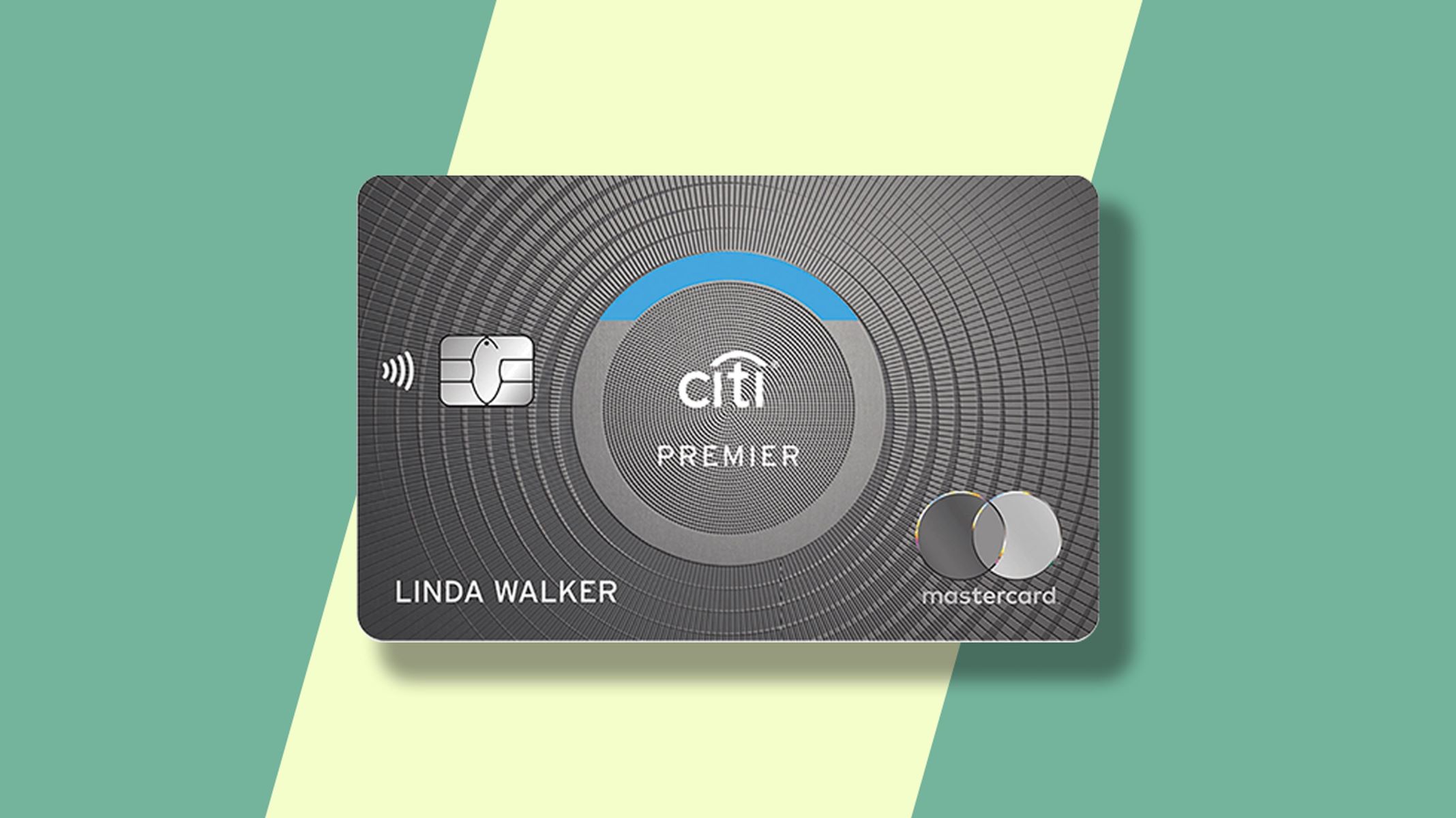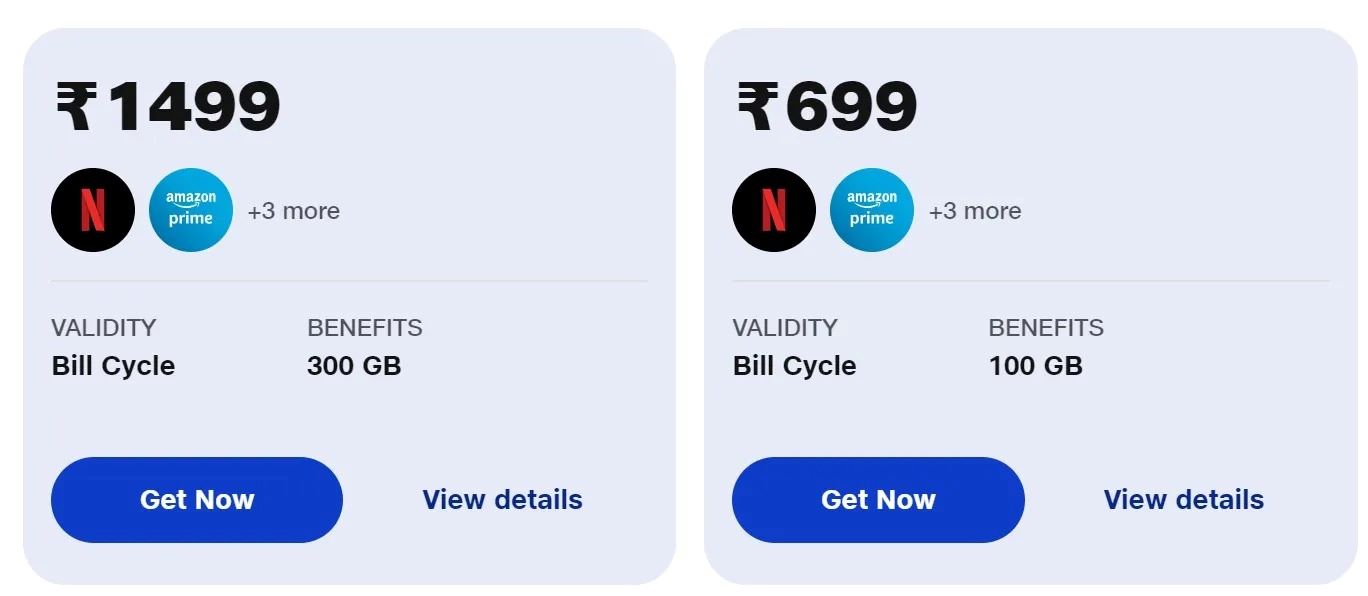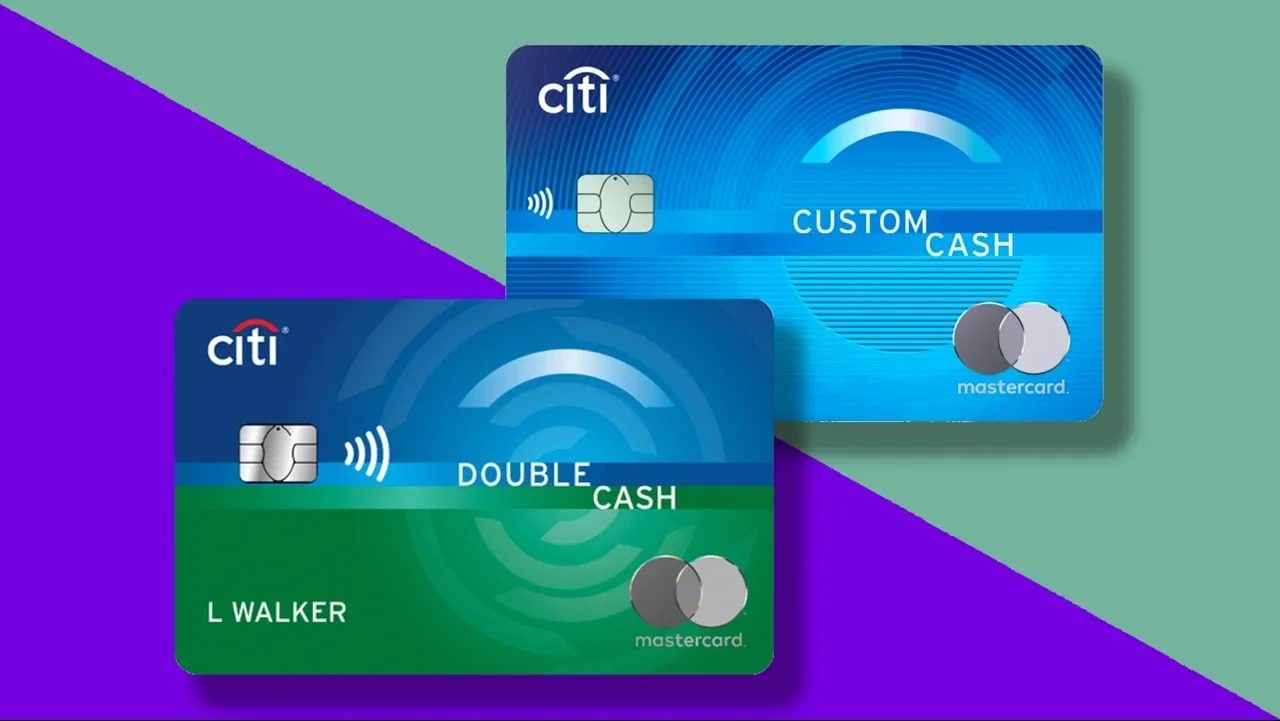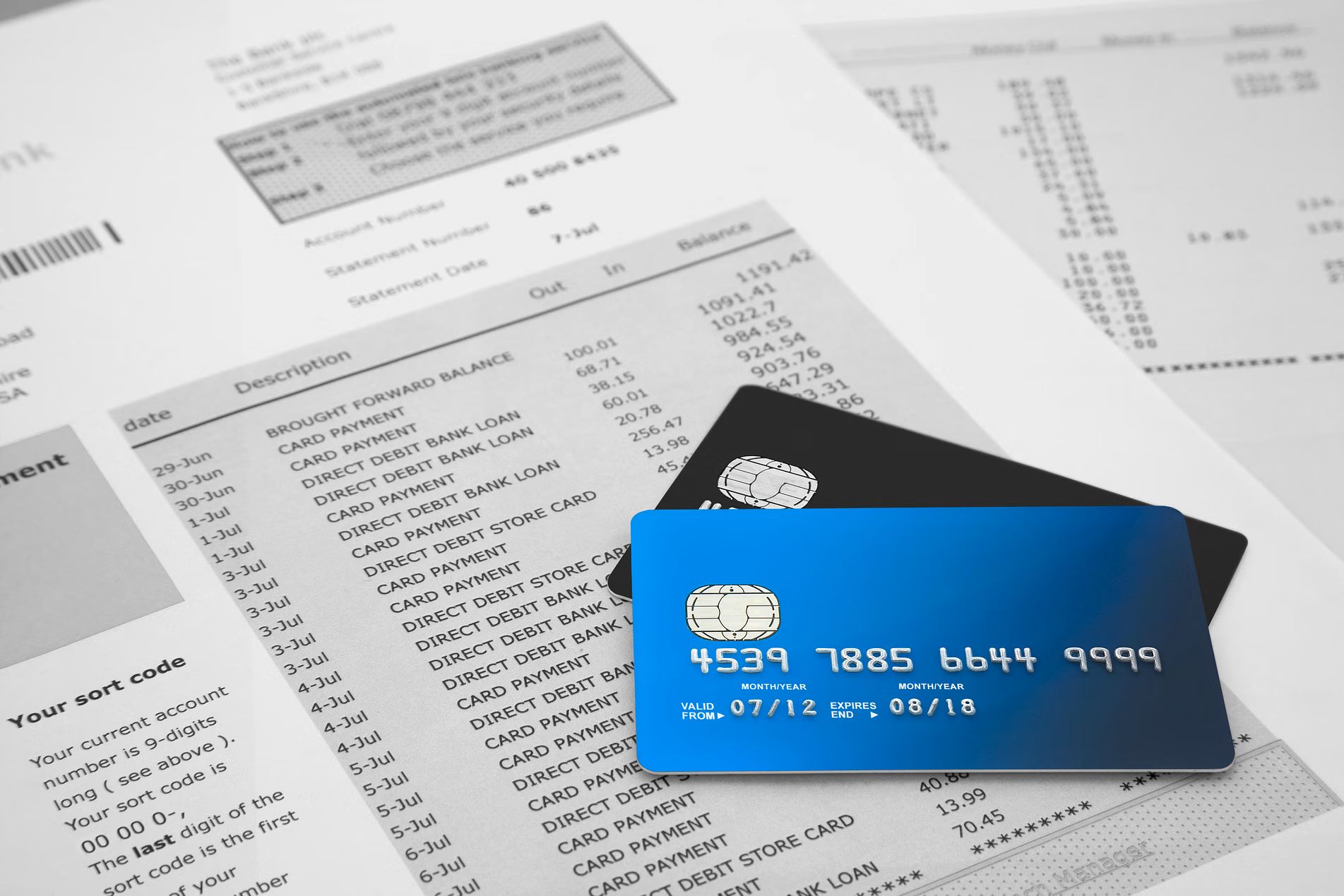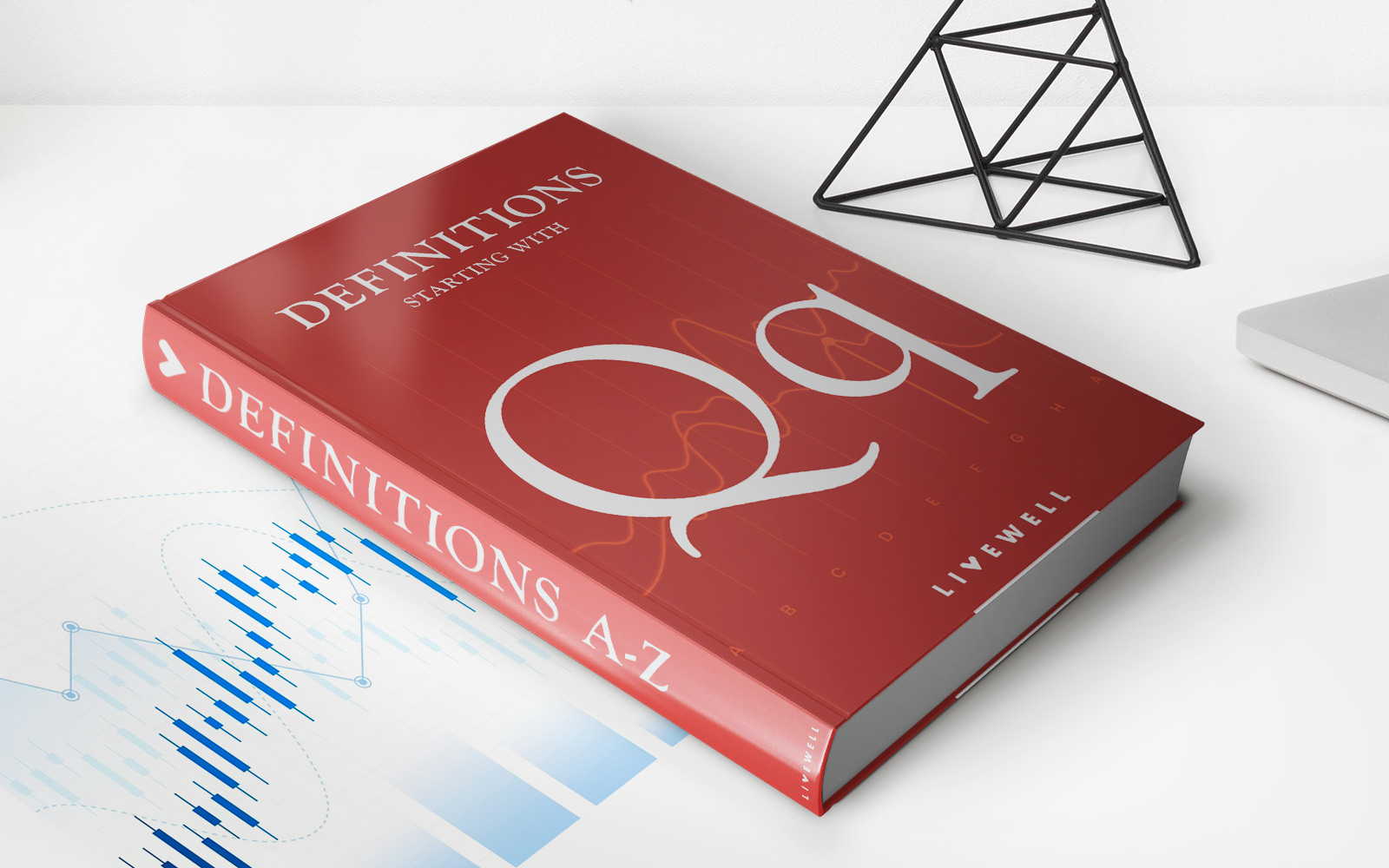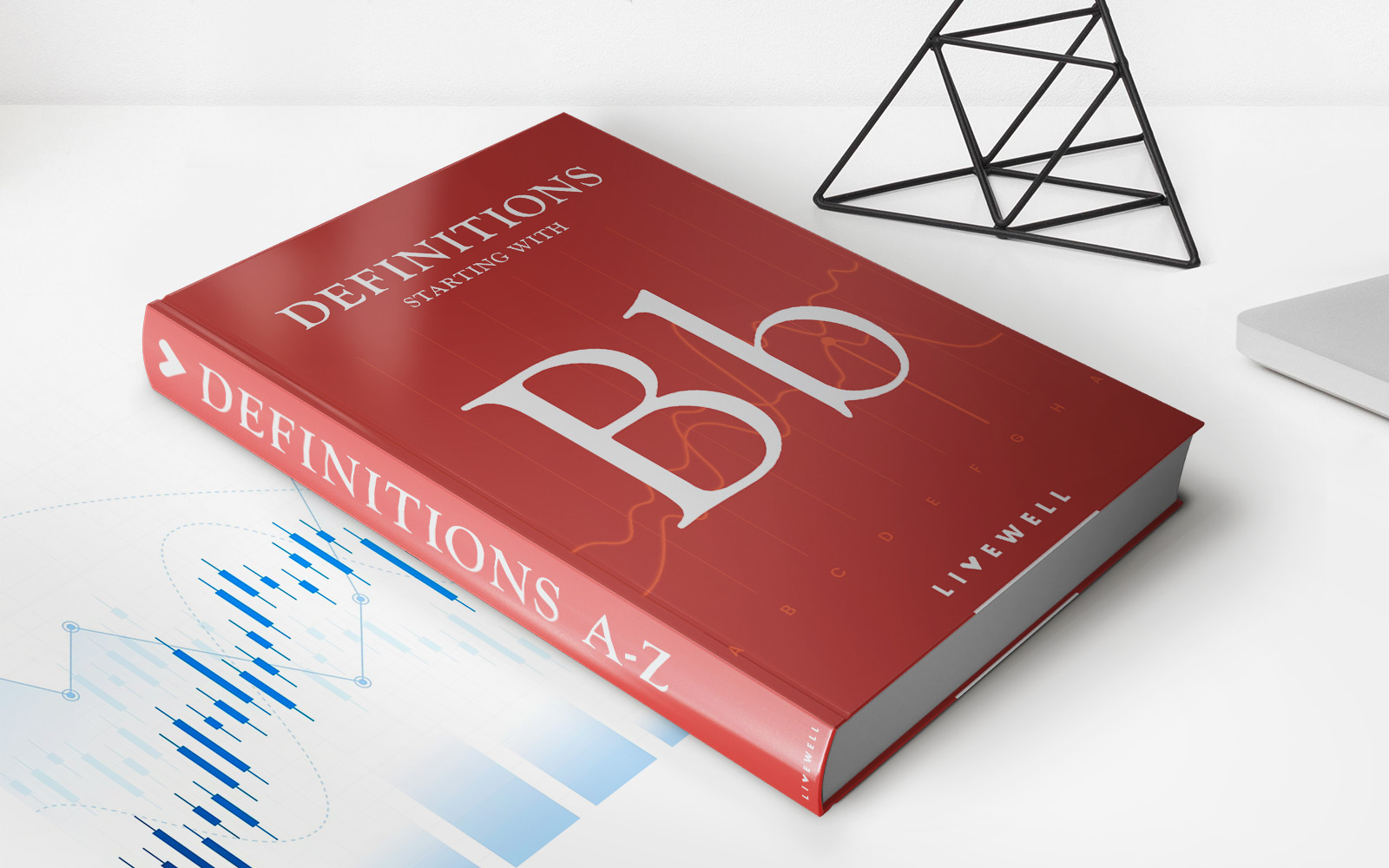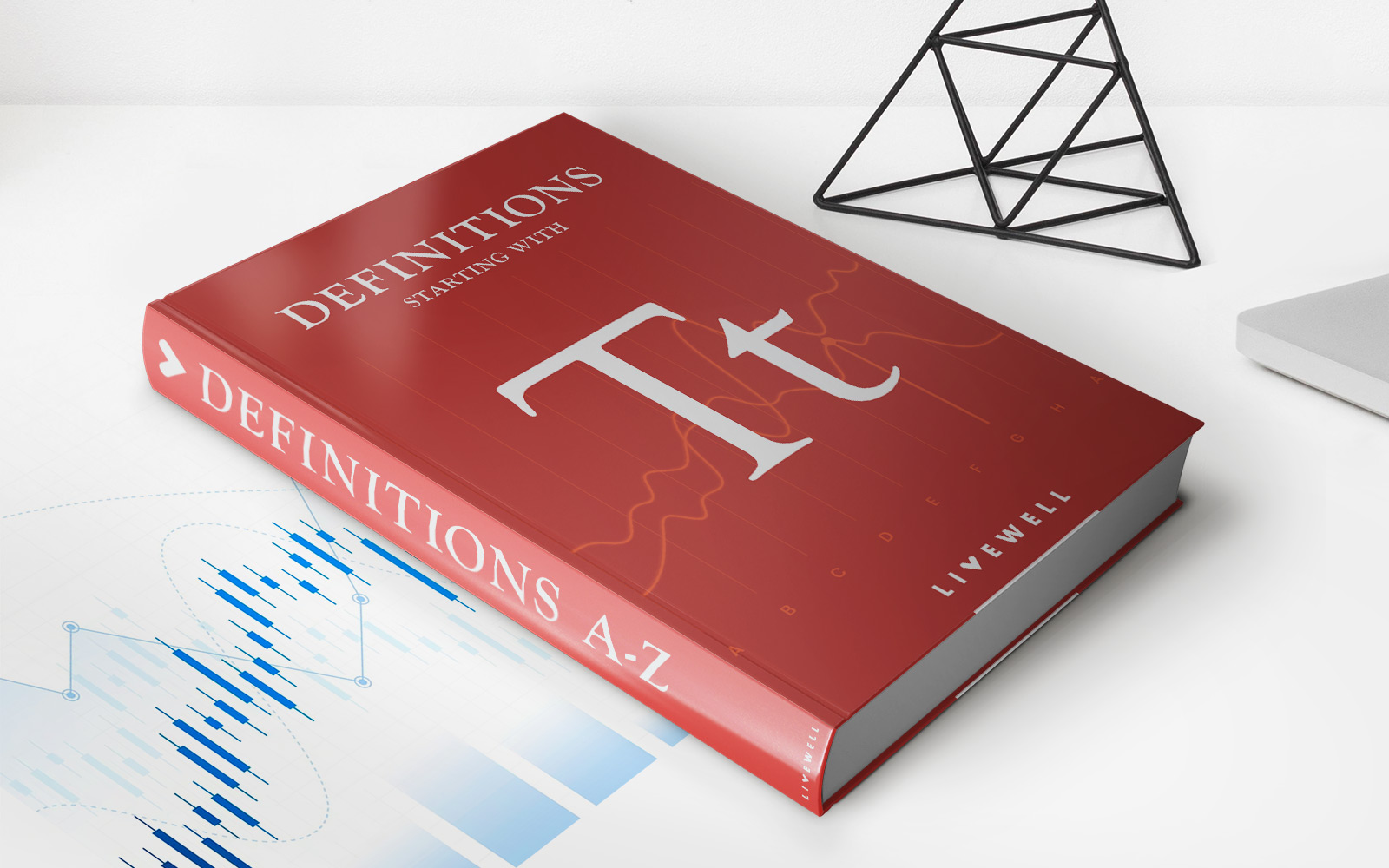Home>Finance>When Does My First Premier Bank Credit Card Work On Billing Cycle


Finance
When Does My First Premier Bank Credit Card Work On Billing Cycle
Published: March 7, 2024
Learn when your First Premier Bank credit card starts its billing cycle and how it impacts your finances. Understand the billing cycle for better financial management.
(Many of the links in this article redirect to a specific reviewed product. Your purchase of these products through affiliate links helps to generate commission for LiveWell, at no extra cost. Learn more)
Table of Contents
Introduction
Understanding the Importance of Credit Card Billing Cycles
Credit cards have become an integral part of modern financial management, offering convenience and flexibility in making purchases and managing expenses. However, to leverage the benefits of a credit card effectively, it's crucial to understand the intricacies of the billing cycle. The billing cycle plays a pivotal role in determining when charges are applied to your account, when payments are due, and how interest is calculated. By gaining a comprehensive understanding of your credit card's billing cycle, you can optimize your financial strategy and make the most of your card's features.
The billing cycle of a credit card is the period between two consecutive billings. It typically ranges from 28 to 31 days, during which all the transactions made with the card are compiled to generate a statement. This statement includes details of purchases, payments, credits, fees, and the total amount due. Understanding the billing cycle empowers cardholders to manage their finances more effectively, avoid unnecessary fees, and optimize their credit utilization.
A credit card's billing cycle is intertwined with its grace period, which is the time between the end of the billing cycle and the due date for the payment. During this grace period, cardholders can pay off their balance without incurring any interest charges. This aspect underscores the significance of comprehending the billing cycle, as it directly impacts the interest accrued on unpaid balances.
In the subsequent sections, we will delve deeper into the specifics of the billing cycle for First Premier Bank credit cards and explore how cardholders can leverage this knowledge to enhance their financial management. Understanding the billing cycle and its associated nuances can empower individuals to make informed decisions, avoid unnecessary fees, and optimize their credit card usage to achieve their financial goals.
Understanding the Billing Cycle
Key Elements of a Credit Card Billing Cycle
The billing cycle of a credit card encompasses several key elements that directly impact a cardholder’s financial obligations and privileges. Understanding these elements is essential for effectively managing credit card usage and optimizing financial planning.
- Statement Closing Date: This marks the end of the billing cycle, and all transactions within this period are captured to generate the statement. It is a crucial date, as it determines the charges that will be reflected in the upcoming statement.
- Statement Generation: Following the statement closing date, the credit card statement is generated, detailing the transactions, payments, fees, and the total amount due. This statement provides a comprehensive overview of the cardholder’s financial activity during the billing cycle.
- Grace Period: The grace period is the duration between the statement closing date and the payment due date. During this period, cardholders can settle their outstanding balance without incurring interest charges. Maximizing the grace period allows for strategic financial planning and effective debt management.
- Payment Due Date: This is the deadline for making the minimum payment or settling the entire outstanding balance. Failing to meet this deadline can result in late fees and negative impacts on the cardholder’s credit score.
- Interest Calculation: Understanding how interest is calculated during the billing cycle is crucial. The average daily balance method is commonly used, where the daily balances are summed and divided by the number of days in the billing cycle, multiplied by the daily periodic rate and the number of days in the billing cycle.
By comprehending these fundamental elements of the billing cycle, cardholders can navigate their credit card usage more effectively, capitalize on interest-free periods, and avoid unnecessary fees. Moreover, this understanding enables individuals to make informed decisions regarding their financial obligations and long-term financial well-being.
First Premier Bank Credit Card Billing Cycle
Insight into the Billing Cycle of First Premier Bank Credit Cards
First Premier Bank offers a range of credit cards tailored to meet diverse financial needs, and understanding the specifics of their billing cycle is crucial for maximizing the benefits of these cards. The billing cycle for First Premier Bank credit cards follows a standard structure, encompassing key dates and processes that influence the cardholder’s financial responsibilities and privileges.
Statement Closing Date: The billing cycle for a First Premier Bank credit card commences with the statement closing date, which marks the end of the billing period. All transactions made with the card during this period are compiled to generate the statement, capturing details of purchases, payments, fees, and the total amount due.
Statement Generation: Subsequent to the statement closing date, the credit card statement is generated, providing a comprehensive overview of the cardholder’s financial activity during the billing cycle. This statement serves as a vital tool for tracking expenses, managing payments, and evaluating the overall financial health associated with the credit card usage.
Grace Period: First Premier Bank credit cards typically offer a grace period between the statement closing date and the payment due date. During this grace period, cardholders have the opportunity to settle their outstanding balance without incurring interest charges, enabling strategic financial planning and effective debt management.
Payment Due Date: The payment due date is a critical deadline for First Premier Bank credit cardholders. It signifies the last day for making the minimum payment or settling the entire outstanding balance. Failing to meet this deadline can result in late fees and potential negative impacts on the cardholder’s credit score.
Interest Calculation: Understanding how interest is calculated during the billing cycle is essential for First Premier Bank credit cardholders. The method of interest calculation typically involves the average daily balance, where the daily balances are summed and divided by the number of days in the billing cycle, multiplied by the daily periodic rate.
By gaining a comprehensive understanding of the billing cycle for First Premier Bank credit cards, cardholders can navigate their financial obligations more effectively, capitalize on interest-free periods, and avoid unnecessary fees. This knowledge empowers individuals to make informed decisions regarding their credit card usage, contributing to improved financial management and long-term financial well-being.
How to Make the Most of Your Billing Cycle
Maximizing the Benefits of Your Credit Card Billing Cycle
Effectively managing your credit card billing cycle is essential for optimizing your financial strategy and leveraging the benefits offered by your credit card. By implementing strategic approaches and understanding the nuances of the billing cycle, you can make the most of this financial tool and enhance your overall financial well-being.
Strategic Purchase Timing: By aligning significant purchases with the beginning of your billing cycle, you can maximize the time available before the payment due date. This allows you to benefit from the longest possible interest-free period and strategically plan your payments.
Payment Scheduling: Utilize the grace period to your advantage by scheduling your payments strategically. By making payments early in the billing cycle, you can reduce the average daily balance, potentially minimizing the interest accrued on outstanding balances.
Monitoring Expenses: Regularly monitoring your expenses throughout the billing cycle enables you to stay informed about your financial activity. This practice empowers you to identify any discrepancies, track your spending patterns, and make informed decisions regarding your purchases and payments.
Utilizing Rewards and Benefits: Many credit cards offer rewards programs and benefits tied to specific billing cycle activities. By understanding these incentives and aligning your usage with the associated benefits, you can maximize the value derived from your credit card and potentially offset annual fees or earn valuable rewards.
Minimizing Interest Costs: Understanding the interest calculation method used during the billing cycle is crucial. By proactively managing your outstanding balances and strategically timing your payments, you can minimize the interest costs and optimize your financial resources.
By implementing these strategies and gaining a comprehensive understanding of your credit card’s billing cycle, you can harness the full potential of this financial tool. Effectively managing your billing cycle empowers you to make informed financial decisions, optimize your credit card usage, and work towards achieving your long-term financial goals.
Conclusion
Empowering Financial Management through Billing Cycle Knowledge
The billing cycle of a credit card serves as a fundamental aspect of financial management, significantly influencing a cardholder’s obligations, privileges, and opportunities for strategic financial planning. By gaining a comprehensive understanding of the billing cycle and its associated nuances, individuals can optimize their credit card usage, minimize unnecessary fees, and strategically manage their financial resources.
Throughout this exploration, we have delved into the significance of comprehending the billing cycle, particularly in the context of First Premier Bank credit cards. Understanding key elements such as the statement closing date, grace period, payment due date, and interest calculation method empowers cardholders to make informed decisions regarding their credit card usage and financial planning.
Maximizing the benefits of the billing cycle involves strategic purchase timing, effective payment scheduling, diligent expense monitoring, leveraging rewards and benefits, and minimizing interest costs. By implementing these strategies and aligning them with the specifics of the billing cycle, individuals can optimize their credit card usage, capitalize on interest-free periods, and work towards achieving their long-term financial objectives.
Ultimately, a comprehensive understanding of the billing cycle enhances financial literacy, enabling individuals to navigate the complexities of credit card usage with confidence and prudence. By leveraging this knowledge, cardholders can harness the full potential of their credit cards, make informed financial decisions, and cultivate a robust foundation for long-term financial well-being.
Embracing the intricacies of the billing cycle empowers individuals to take control of their financial journey, optimize their credit card usage, and work towards achieving their financial aspirations with clarity and purpose.
